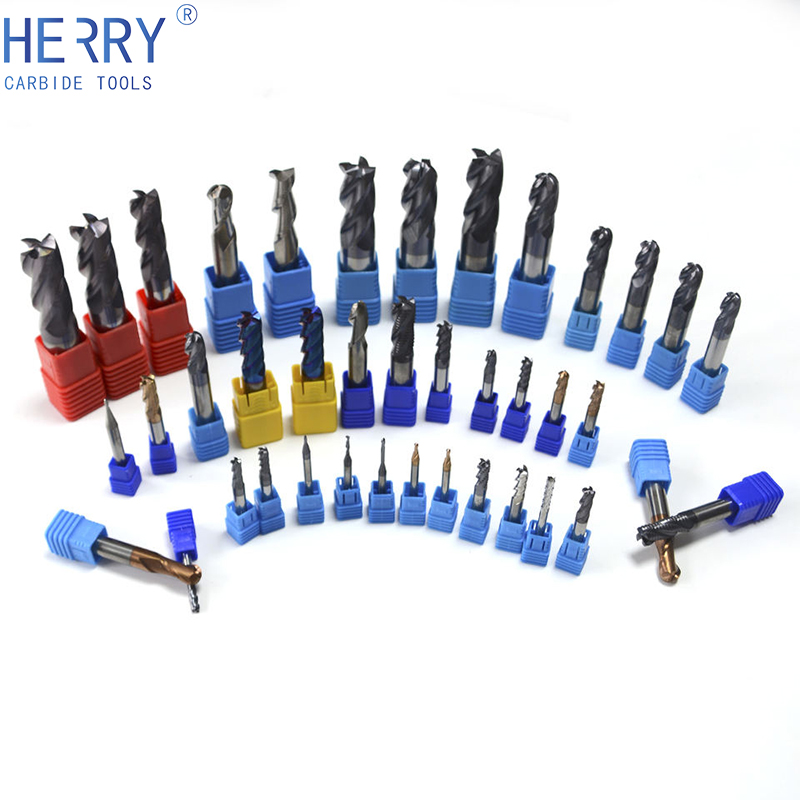The Precision of Engineered Grooving and Boring Inserts in Metalworking
The Precision of Engineered Grooving and Boring Inserts in Metalworking
The precise machining of components, especially within the demanding fields of aerospace and automotive industries, relies heavily on accurate tools. Grooving and boring inserts are at the heart of this precision, enabling efficient and accurate hole creation in various materials. This article delves into the intricacies of these inserts, exploring their intricate manufacturing processes and highlighting their pivotal role in modern metalworking.
Understanding the Essentials: Grooving and Boring Inserts
Grooving and boring inserts are engineered components designed to act as cutting edges for specific applications. Their primary function is to create smooth, precise holes of various dimensions by removing material from a workpiece.
- Grooving Inserts: Primarily used for creating grooves or slots in metals, these inserts use specialized tools like carbide bits with angled cutting faces to achieve the desired cuts.
- Boring Inserts: Focused on creating uniform and accurate round holes, these inserts employ tools designed with a sharp cutting edge that moves through the workpiece material as the hole is bored.
The Precision Advantage of Engineered Inserts
These inserts' precision stems from their meticulous design:
- Advanced Material Selection: High-grade materials like carbide or titanium nitride are used in the manufacturing process, providing exceptional wear resistance and increased tool life.
- Precise Manufacturing Processes: Precision machining techniques ensure precise dimensions, geometries, and tolerances within the insert itself. This allows for efficient material removal with minimal vibrations during operation.
Benefits of Engineered Inserts: A Closer Look
The use of engineered inserts offers numerous benefits over conventional cutting tools:
- Increased Machining Speeds: Precise cuts allow for faster material removal rates, resulting in increased productivity and reduced machining time.
- Improved Surface Finish: Minimal vibrations and precise cutting motions minimize tool wear, leading to smoother surfaces on finished components.
- Enhanced Tool Life: The durability of engineered inserts translates to longer tool life and fewer maintenance interventions, ultimately saving cost.
Choosing the Right Insert: Factors for Success
Selecting the right insert depends on various factors, including:
- Material Type: Different materials require specific cutting strategies and types of inserts.
- Hole Diameter and Depth: The size and depth of the holes influence the type of insert to be used.
- Cutting Speed and Feed Rate: The chosen insert should match the required machining parameters for optimum performance.
Conclusion: Precision for Success in Metalworking
Engineered grooving and boring inserts are vital components in modern metalworking, enabling precise machining with increased efficiency, accuracy, and tool life. Choosing the correct type of insert requires careful consideration of factors like material type and desired hole dimensions, ultimately leading to successful production outcomes. As technology continues to advance, we can expect even more precision in these cutting tools, allowing for complex and intricate designs within various metalworking applications.




 18581906093
18581906093